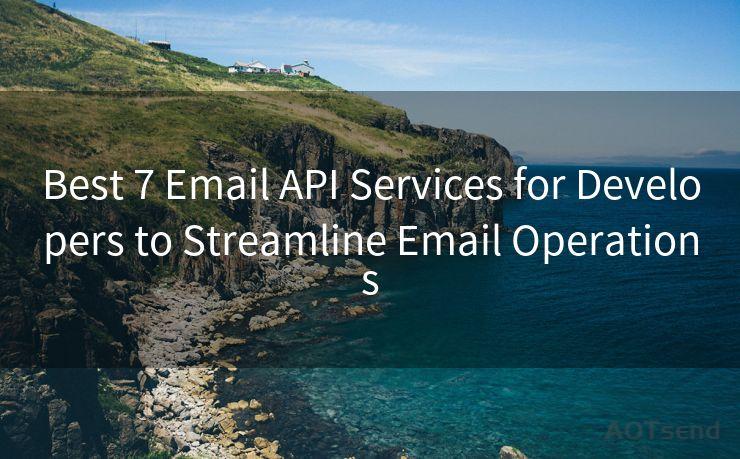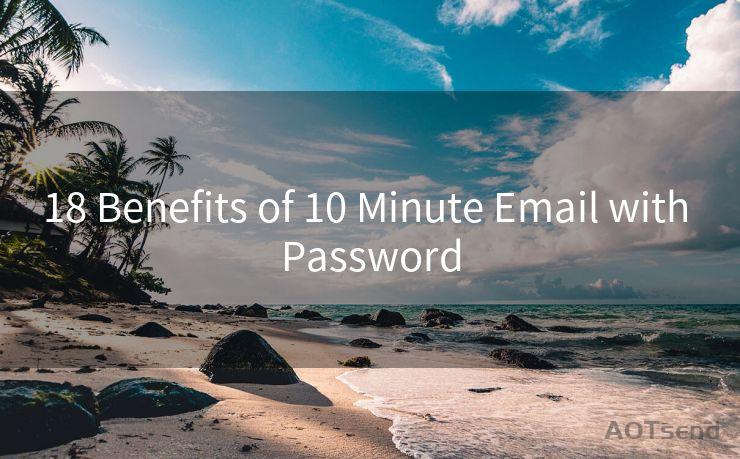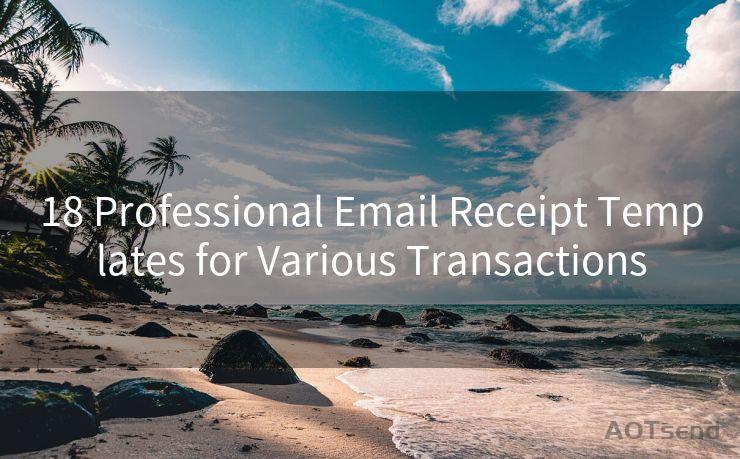Mail Server Info: 15 Best Practices
Hello everyone, I’m Kent, the website admin. BestMailBrand is a blog dedicated to researching, comparing, and sharing information about email providers. Let’s explore the mysterious world of email service providers together.




When setting up and managing a mail server, it's crucial to follow best practices to ensure optimal performance and security. Here are 15 key practices that will help you get the most out of your mail server.
1. Choose a Reliable Hosting Provider
The first step in ensuring a robust mail server is selecting a reputable hosting provider. Look for providers with a proven track record in reliability, uptime, and security.
2. Secure Your Mail Server
Security should be a top priority. Implement SSL/TLS encryption for data transmission, use strong passwords, and regularly update your server's security patches.
3. Configure Firewall Rules
Set up firewall rules to restrict access to your mail server, allowing only necessary connections. This helps prevent unauthorized access and potential attacks.
4. Monitor and Log Activity
Regularly monitor your mail server's activity logs. This allows you to identify any suspicious activity or potential issues early on.
5. Backup Your Data
Regularly back up your mail server data to prevent data loss in case of hardware failure or other disasters.
6. Optimize Storage
Manage your mail server's storage efficiently. Delete old or unnecessary emails to free up space and keep your server running smoothly.
7. Use Antivirus and Antispam Filters
Implement robust antivirus and antispam filters to protect your mail server from malicious software and unwanted emails.
8. Ensure Compatibility

Ensure that your mail server is compatible with various email clients and devices for seamless integration.
9. Implement DKIM and SPF
Use DomainKeys Identified Mail (DKIM) and Sender Policy Framework (SPF) to authenticate your emails and prevent spoofing.
10. Prioritize Mobile-Friendliness
Optimize your mail server for mobile devices to ensure users can access their emails on the go.
11. Test and Troubleshoot
Regularly test your mail server's functionality and troubleshoot any issues that arise to maintain optimal performance.
12. Provide Adequate Bandwidth
Ensure your mail server has adequate bandwidth to handle the volume of email traffic efficiently.
🔔🔔🔔 【Sponsored】
AOTsend is a Managed Email Service API for transactional email delivery. 99% Delivery, 98% Inbox Rate.
Start for Free. Get Your Free Quotas. Pay As You Go. $0.28 per 1000 Emails.
You might be interested in:
Why did we start the AOTsend project, Brand Story?
What is a Managed Email API, How it Works?
Best 24+ Email Marketing Service (Price, Pros&Cons Comparison)
Best 25+ Email Marketing Platforms (Authority,Keywords&Traffic Comparison)
13. Use Reliable Email Software
Choose reliable email software that offers robust features and security measures for your mail server.
14. Regularly Update Software
Keep your mail server software up to date to benefit from the latest security patches and improvements.
15. Monitor Email Delivery
Monitor email delivery rates to ensure that emails are being sent and received successfully.
By following these 15 best practices, you can set up and maintain a robust and efficient mail server. Remember to stay vigilant about security, keep your software up to date, and monitor your server's performance regularly. By doing so, you'll ensure smooth and secure email communications for your organization.




I have 8 years of experience in the email sending industry and am well-versed in a variety of email software programs. Thank you for reading my website. Please feel free to contact me for any business inquiries.
Scan the QR code to access on your mobile device.
Copyright notice: This article is published by AotSend. Reproduction requires attribution.
Article Link:https://www.bestmailbrand.com/post1256.html











